Interpreting Speed Graphs Worksheet
Speed graphs are a useful tool for understanding the motion of objects. Whether you are a physics student, a teacher, or someone simply interested in learning more about the concept, this interpreting speed graphs worksheet will help you grasp the relationship between time, distance, and speed.
Table of Images 👆
More Other Worksheets
Kindergarten Worksheet My RoomSpanish Verb Worksheets
Cooking Vocabulary Worksheet
DNA Code Worksheet
Meiosis Worksheet Answer Key
Art Handouts and Worksheets
7 Elements of Art Worksheets
All Amendment Worksheet
Symmetry Art Worksheets
Daily Meal Planning Worksheet
What is a speed graph?
A speed graph is a type of graph that shows how the speed of an object changes over a period of time. It typically has time on the x-axis and speed on the y-axis, allowing viewers to see whether the speed is increasing, decreasing, or staying constant. Speed graphs are commonly used in physics to analyze the motion of objects and can provide valuable insight into an object's acceleration and overall motion characteristics.
How is speed represented on a speed graph?
Speed is represented on a speed graph by plotting the speed of an object or vehicle on the vertical axis (y-axis) and time on the horizontal axis (x-axis). The graph typically shows how the speed changes over a given period of time, with the slope of the line indicating acceleration or deceleration. The steeper the slope, the faster the acceleration or deceleration, while a horizontal line indicates a constant speed.
How is time represented on a speed graph?
Time is typically represented on a speed graph as the independent variable along the horizontal axis (x-axis), while the speed or velocity is depicted on the vertical axis (y-axis). Each point on the graph reflects the speed of an object at a specific point in time, allowing us to visualize how the speed changes over a given time period. By studying the pattern of the graph, we can analyze acceleration, deceleration, and overall speed trends to better understand the motion of the object.
What does a flat line on a speed graph indicate?
A flat line on a speed graph indicates that the object's speed is constant and not changing over time. This means that the object is moving at a consistent velocity with no acceleration or deceleration happening.
What does a steep line on a speed graph indicate?
A steep line on a speed graph indicates a rapid change in speed over time, showing acceleration or deceleration. A steeper slope represents a quicker change in speed, while a shallower slope indicates a more gradual change.
How can you determine the speed at a specific point on a speed graph?
To determine the speed at a specific point on a speed graph, you need to look at the slope of the graph at that point. The steeper the slope, the faster the speed. You can calculate the speed by finding the slope of the tangent line at the given point. The slope of the graph provides the rate of change in speed at that specific point.
What can you learn about an object's motion from its speed graph?
From an object's speed graph, you can learn about its velocity and acceleration at any given point in time. The slope of the speed graph represents the object's acceleration, with a steeper slope indicating higher acceleration. The distance between the peaks and valleys on the graph can indicate changes in velocity, and the area under the graph can give you information about the distance traveled by the object. Overall, a speed graph provides valuable insights into an object's motion, including its speed, velocity, and acceleration over time.
How can you determine the acceleration of an object from its speed graph?
To determine the acceleration of an object from its speed graph, you would need to look at how the speed changes over time. Acceleration is the rate of change of speed, so it can be calculated by finding the slope of the speed graph at a specific point or by looking at the curvature of the graph. Steeper inclines on the graph indicate higher acceleration, while flat sections suggest constant speed or zero acceleration. By analyzing these features of the speed graph, you can determine the acceleration of the object at different points in time.
Can a speed graph show an object changing direction?
Yes, a speed graph can show an object changing direction by displaying changes in the object's velocity over time. As the object changes direction, its velocity will change accordingly, which will be reflected in the speed graph with fluctuations or shifts in the speed values.
How can you calculate the total distance traveled by an object using its speed graph?
To calculate the total distance traveled by an object using its speed graph, you need to find the area under the speed-time graph. This can be done by dividing the graph into various shapes (rectangles, triangles, trapezoids) and calculating their respective areas. Summing up all these areas will give you the total distance traveled by the object.
Have something to share?
Who is Worksheeto?
At Worksheeto, we are committed to delivering an extensive and varied portfolio of superior quality worksheets, designed to address the educational demands of students, educators, and parents.

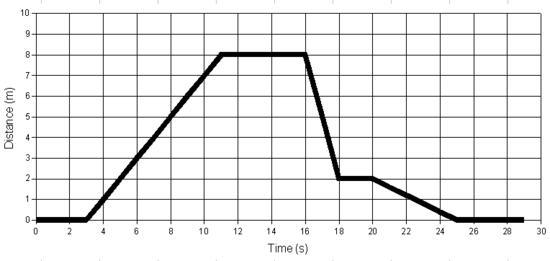



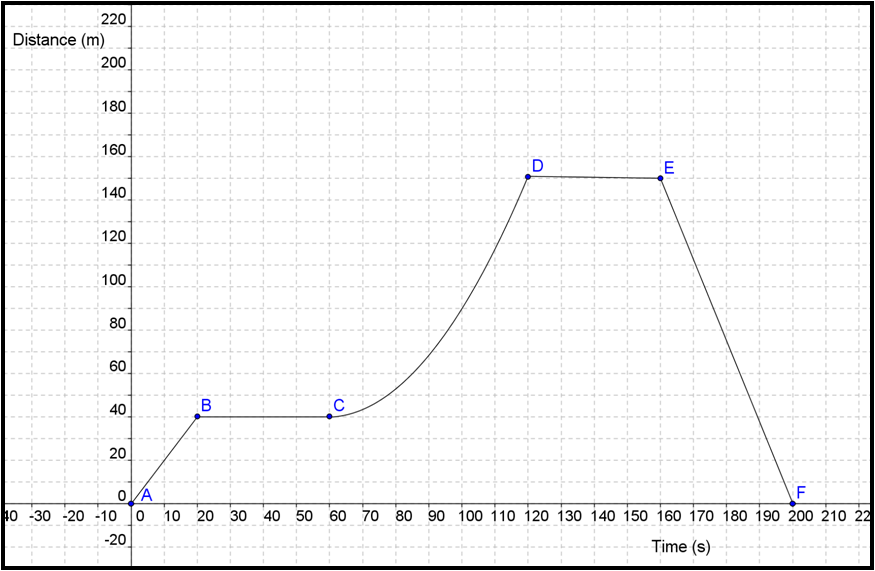
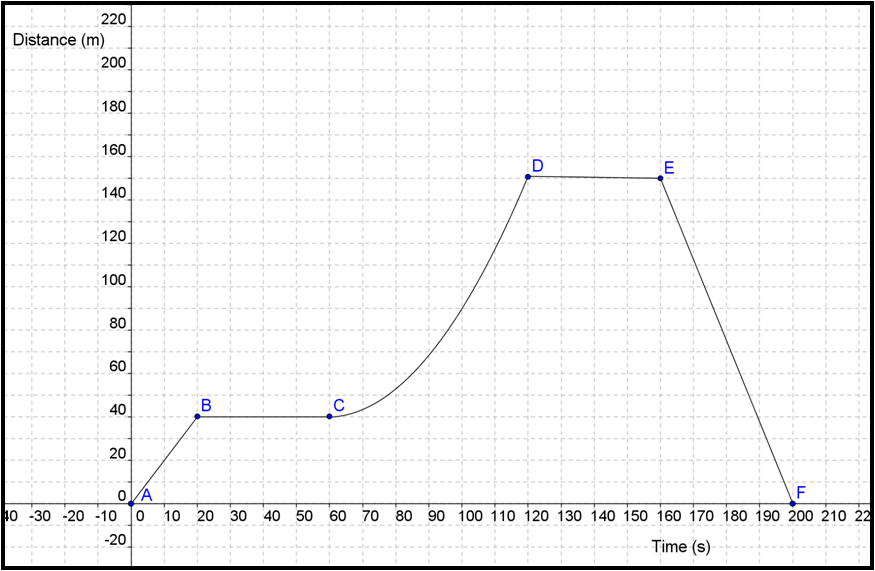
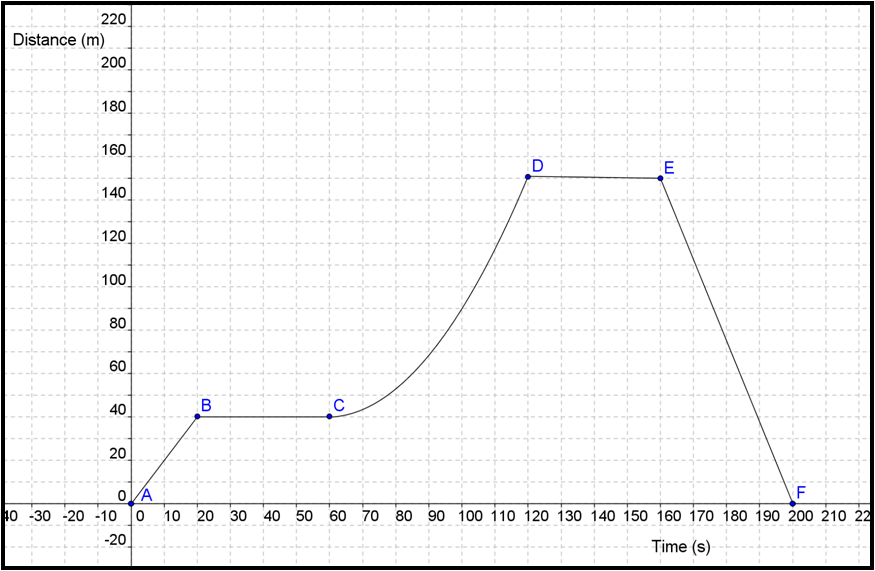
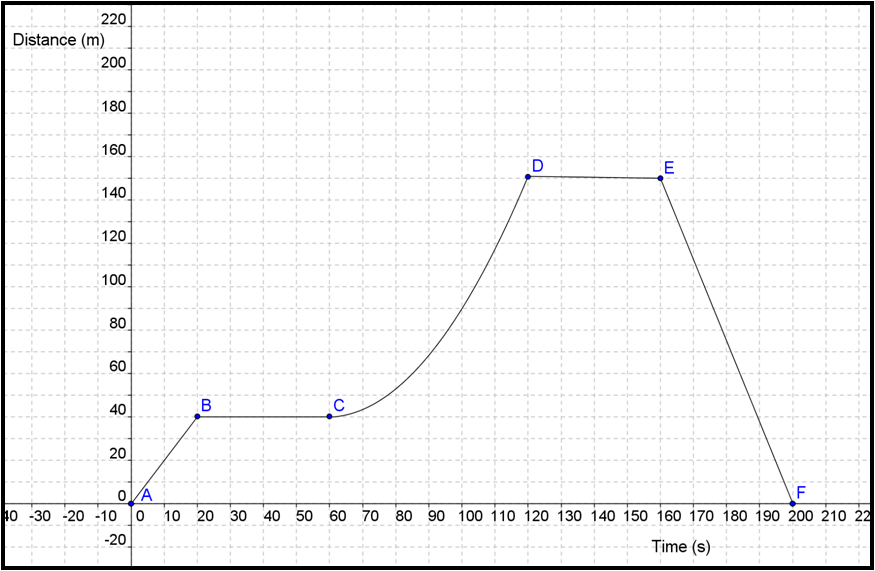

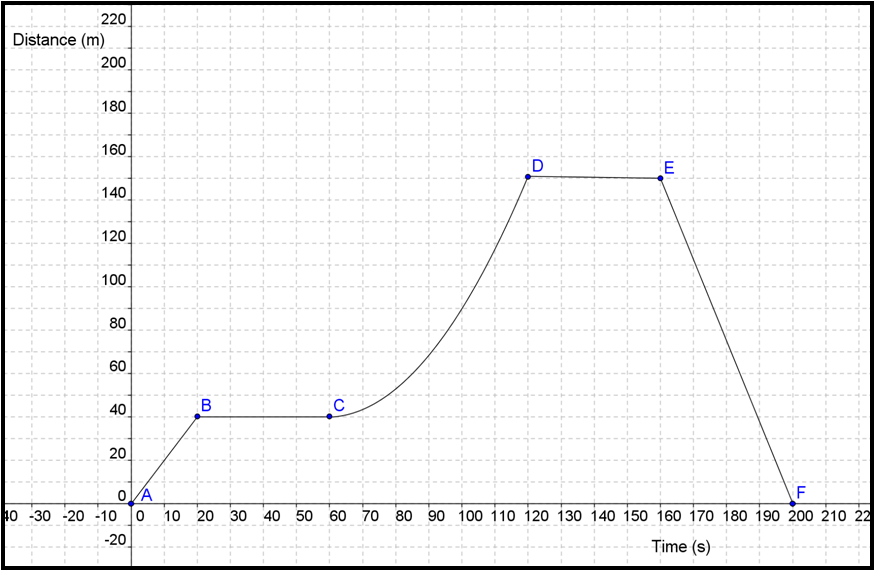
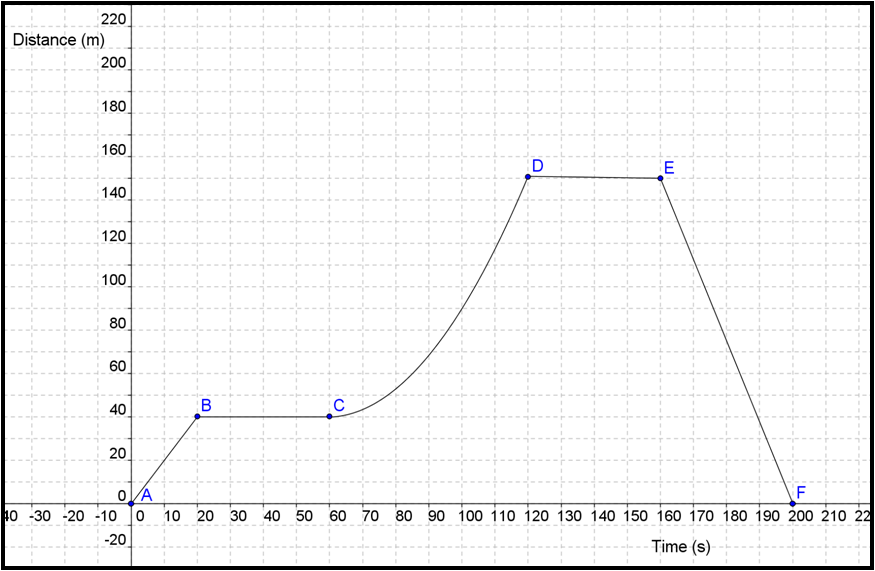
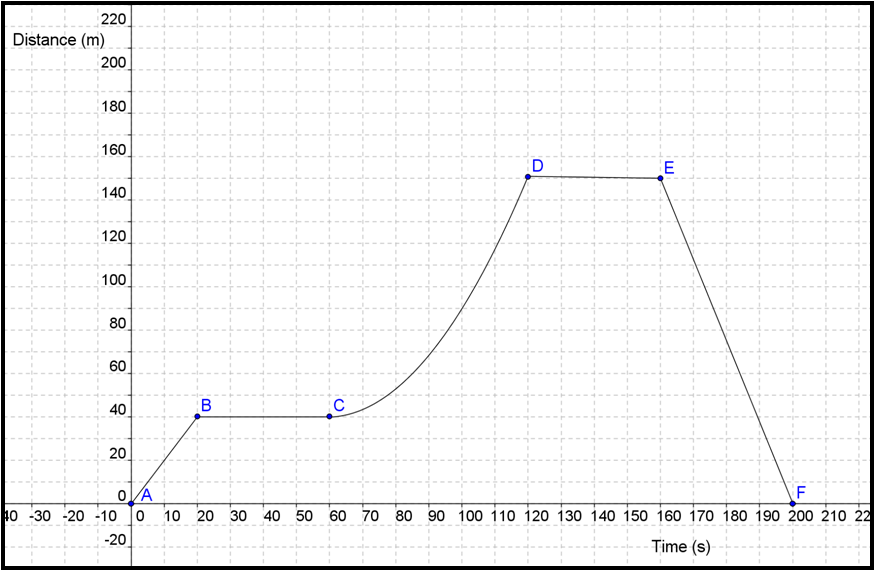
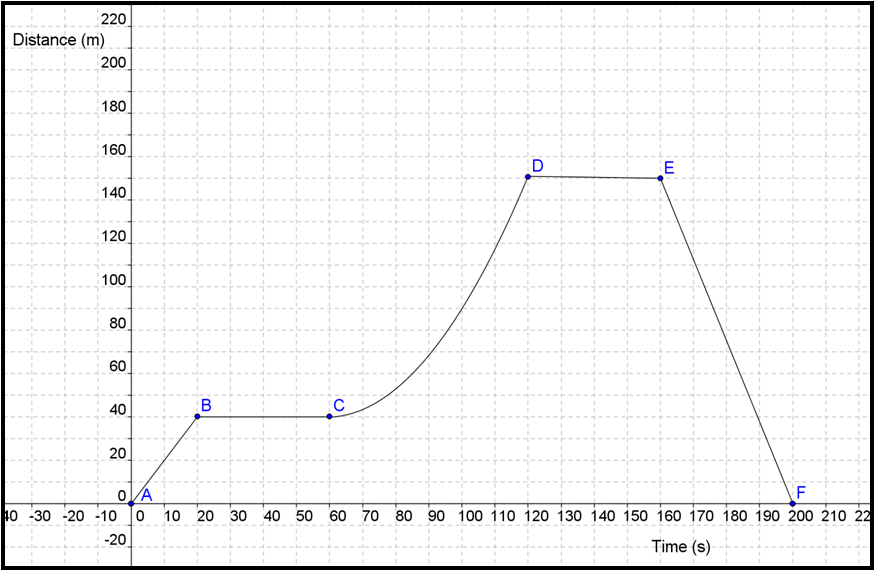
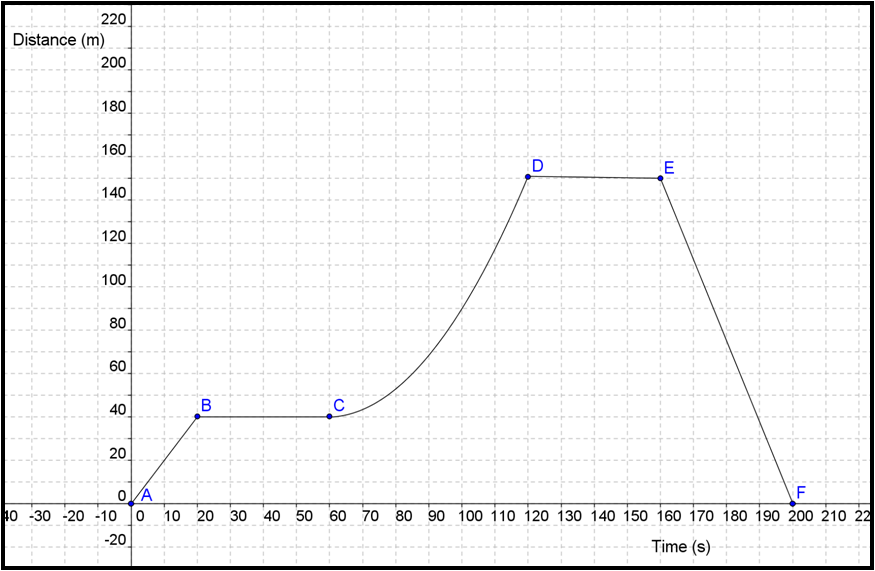
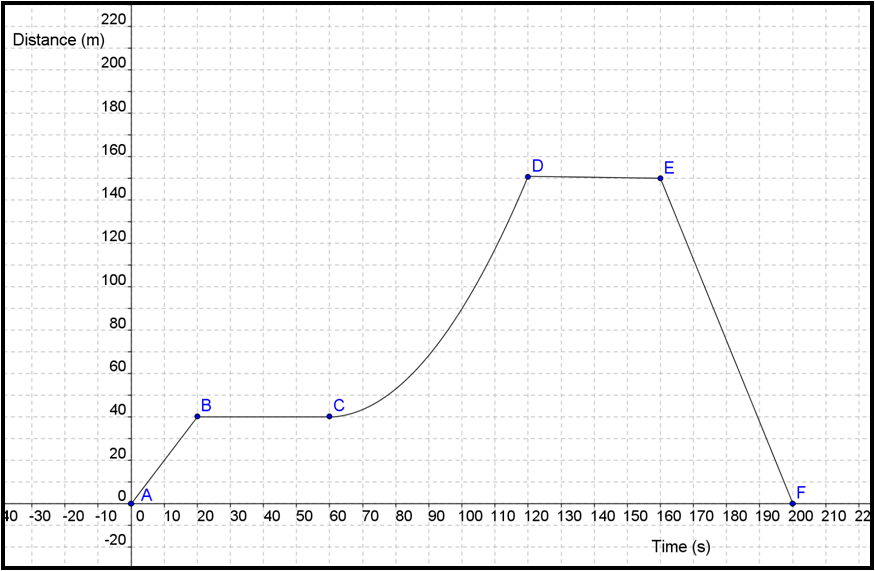
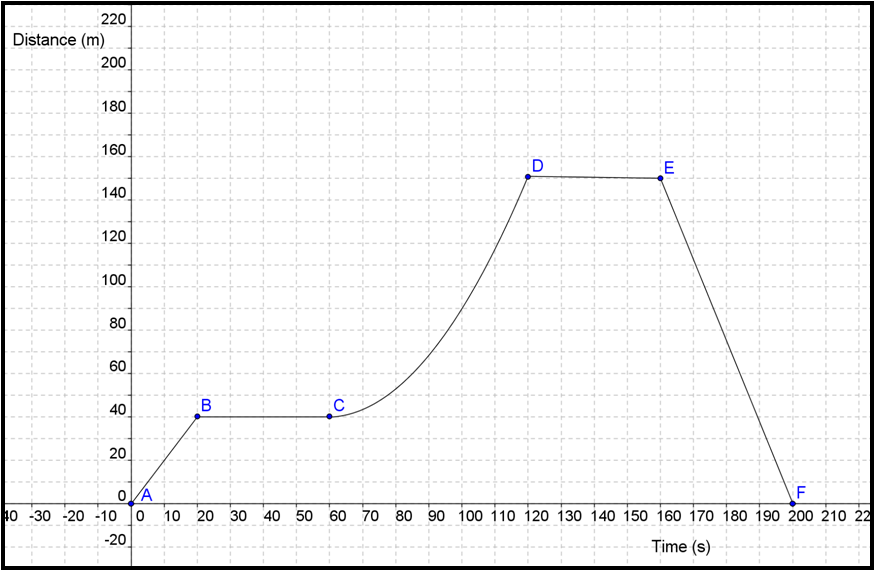
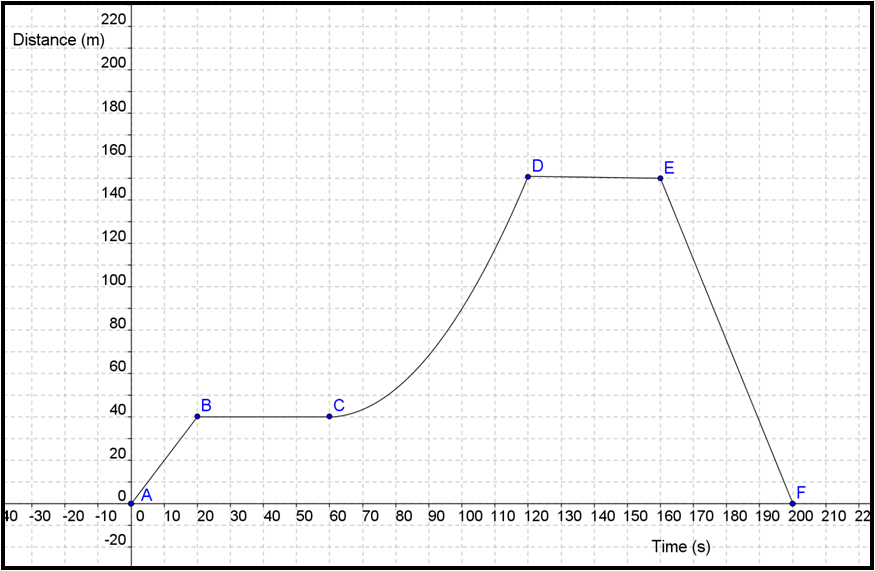
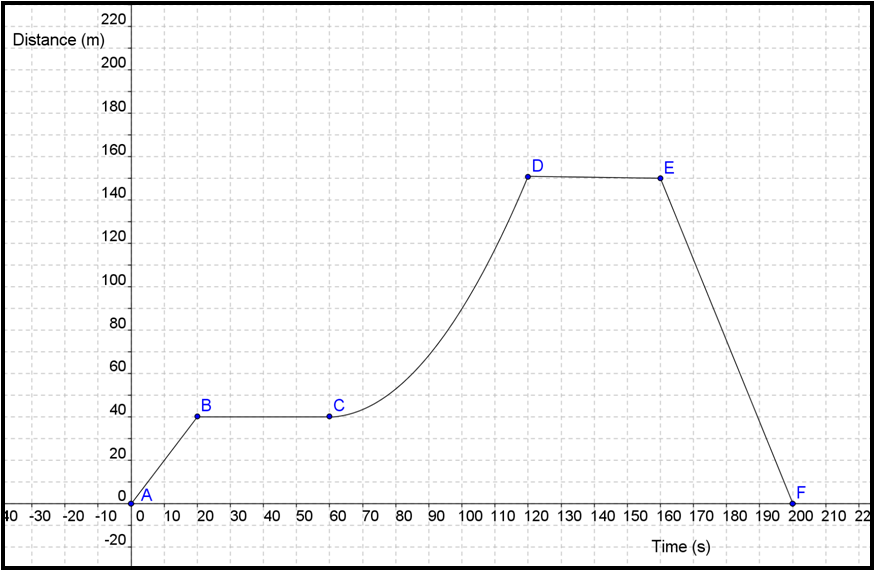
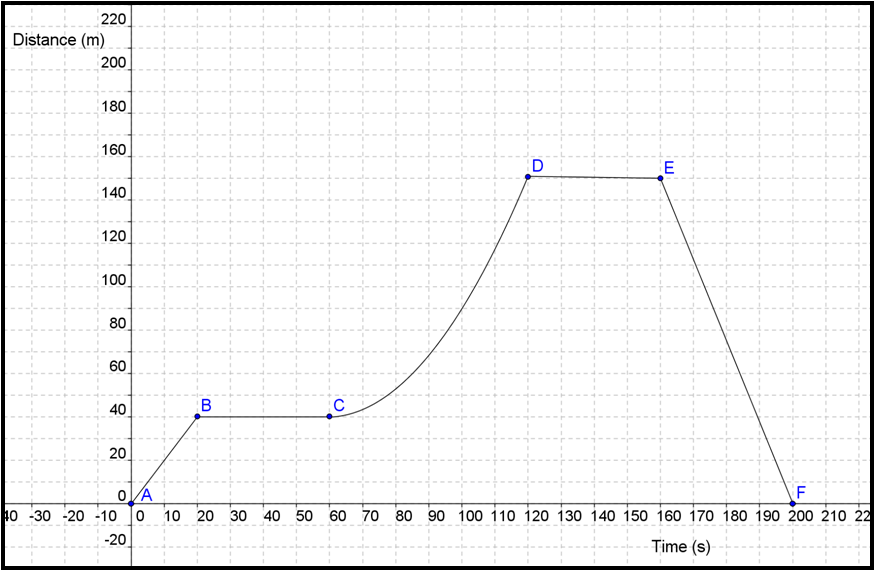
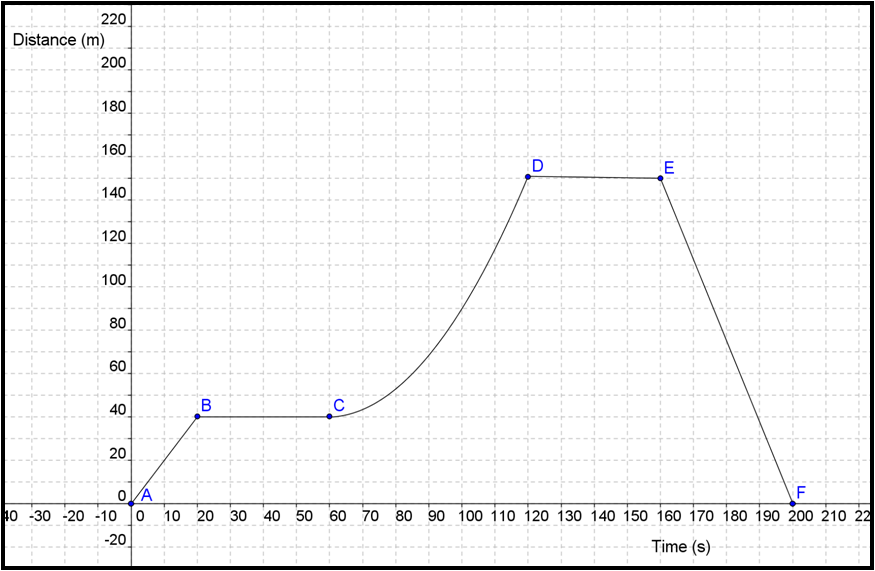














Comments